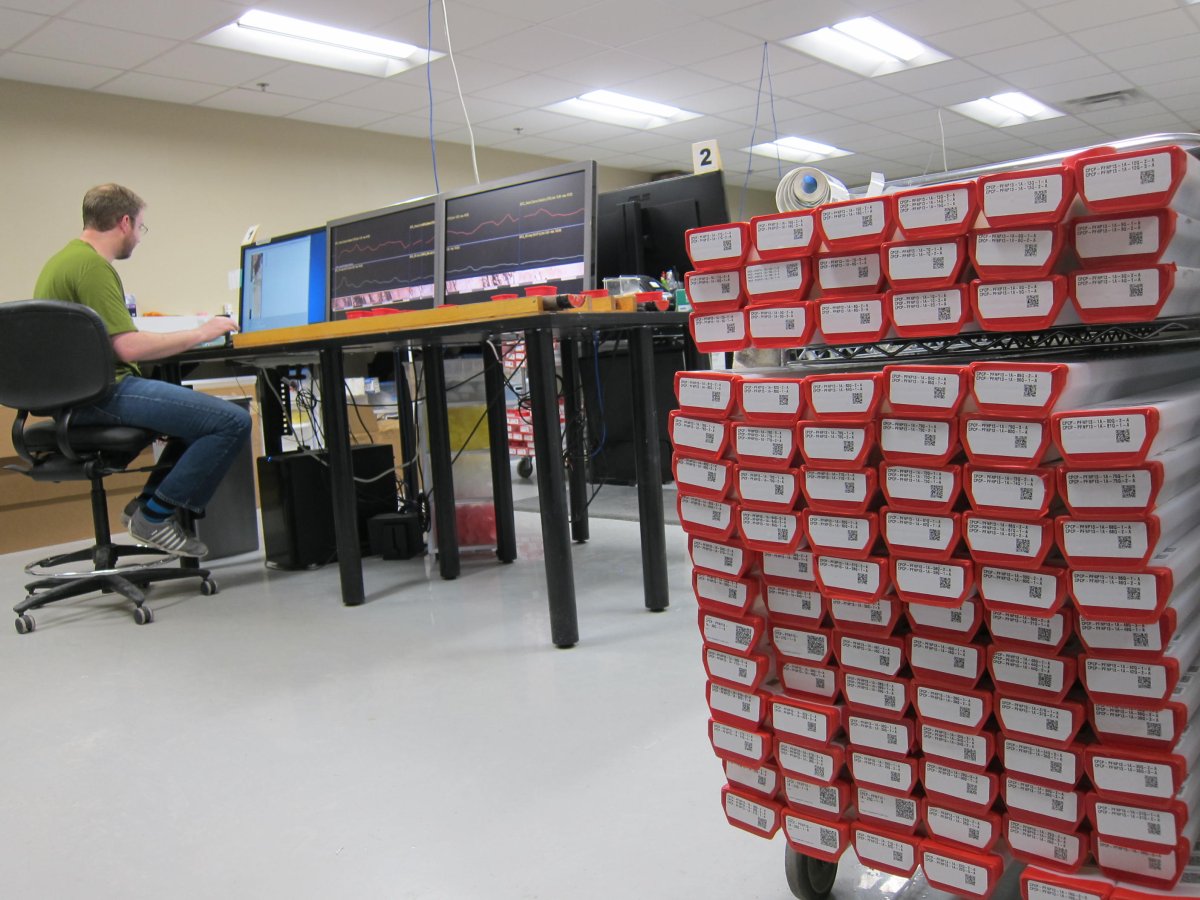Accessioning Cores/Samples
The repository accepts both new and old cores, and the standards for accessioning these cores are uniform. Many types of materials may be accessioned, including cores of hard rock, soft sediment, samples and their residuals, botanical samples, and reference collections. Basic metadata are required for all materials to be accepted.
New Cores
The CSD Facility recommends accessioning cores immediately following retrieval, prior to splitting or sampling. Investigators wishing to conduct initial core description and/or archive the material at the CSD Facility are asked to review the Facility website and contact the curator for details regarding Facility procedures, preferably before the research proposal is submitted.
Older Cores
The CSD Facility seeks to archive as much material from older cores as possible. However, each core must meet the fundamental criterion that its physical condition allows it to be useful for further study. The specific requirements for accessioning are listed below.
Minimum metadata:
- Location information (latitude/longitude)
- Date of collection
- Depth scale
Desirable metadata:
- Coring method
- Field notes
- Core photographs
- Lithologic descriptions
- Site survey data: seismic or ground-penetrating radar profiles; bathymetry
- Water chemistry data
- Sampling history (old cores)
- Analytical data (old cores)
- Associated publications and other references (old cores)
Certain qualities may justify assigning a higher priority to the acquisition of cores or sample material from some sites. These include:
- Sites that no longer exist (e.g., mined, infilled, developed, or dredged sites)
- Sites that are now inaccessible for political reasons or that have protected status
- Remote sites, or those that present major logistical challenges
- Sites that have generated particularly important results
- Sites with a substantial financial investment in generating analytical data
For further details, contact the Curator. Initial core description (ICD) procedures and core logging protocol can be found on the ICD page.

